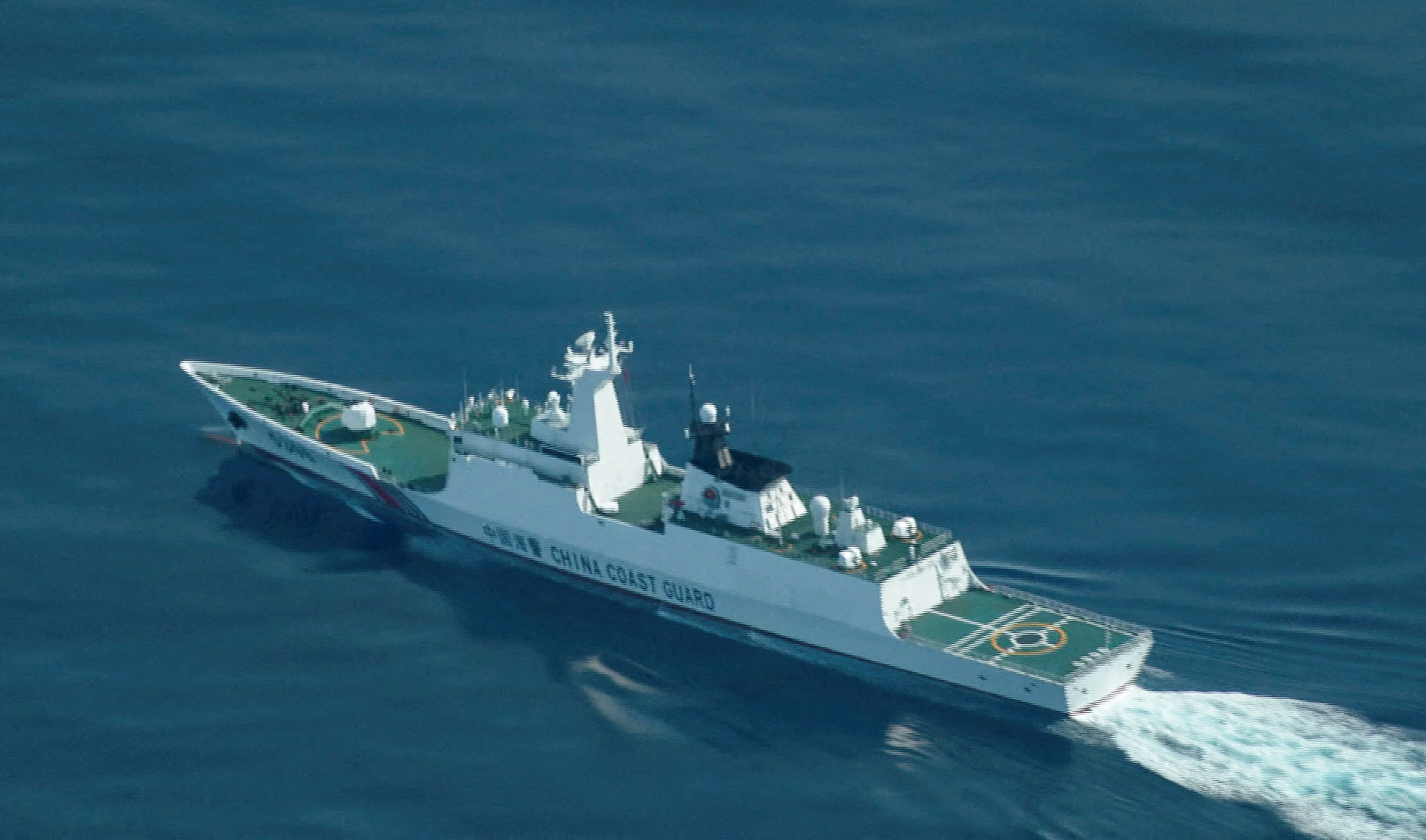By Orange Wang
Copyright scmp

China’s coastguard says a Philippine ship deliberately collided with one of its vessels in a confrontation near the disputed Scarborough Shoal on Tuesday, as tensions escalate in the South China Sea.
The coastguard used water cannons and other “control measures” against the Philippine vessels it said were conducting “illegal activities” in the area.
It is the latest flare-up between the rival claimants to the atoll – known as Huangyan Island in China and Panatag Shoal in the Philippines – and comes days after Beijing announced a plan to create a nature reserve there.
“The China Coast Guard, acting in accordance with the law, took control measures against multiple Philippine government vessels engaged in illegal activities within the territorial waters of Huangyan Island,” the agency said in a statement on Tuesday.
Coastguard spokesman Gan Yu said in a separate statement that the Chinese had warned the Philippine ships, restricted their navigation and used water cannons in the incident.
“More than 10” Philippine government vessels had illegally entered China’s territorial waters around Huangyan Island from multiple directions, according to Gan.
He said one Philippine ship had ignored warnings and deliberately collided with a Chinese coastguard vessel, calling it an “unprofessional and dangerous” act, without elaborating.
“The Philippines’ deliberate infringement and provocative actions are egregious,” Gan said. “The responsibility for the collision rests entirely with the Philippine side.”
It comes after Beijing sought to reinforce its territorial claims last week, saying it had approved the establishment of a nature reserve at the shoal – a move that could lead to more Chinese patrols and measures to stop what it sees as unauthorised foreign entry to the area.
Manila hit out at the plan, saying it was “a clear pretext towards eventual occupation”.
Washington also condemned the move. “The US stands with our Philippine ally in rejecting China’s destabilising plans to establish a ‘national nature reserve’ at Scarborough Reef,” Washington’s top diplomat Marco Rubio said in a statement on Friday.
“Claiming Scarborough Reef as a nature preserve is another example of Beijing using pressure tactics to push expansive maritime and territorial claims, disregarding the rights of neighbouring countries,” he added.
Beijing on Monday said it had lodged a formal protest with Washington over Rubio’s “wrongful” remarks.
“It is China’s sovereign right to create a national nature reserve for the island, which is legitimate, lawful and beyond reproach,” foreign ministry spokesman Lin Jian told reporters.
“The US should keep its hands off the South China Sea – the hands that have been the source of disinformation, tension and confrontation – and give the South China Sea its tranquility back,” Lin said.
The comments followed a “routine patrol” by the Chinese navy in the South China Sea on Friday and Saturday – its second in less than two weeks.
“We sternly warn the Philippine side to immediately stop provocations and escalating tensions in the South China Sea and bringing in external forces for backing. Such efforts are doomed to fail,” People’s Liberation Army spokesman Senior Colonel Tian Junli said in a statement on Sunday.
The Chinese patrol coincided with a two-day joint maritime drill between the Philippines, the US and Japan in the South China Sea.
The exercise was aimed at “enhancing interoperability and maritime security” in the Indo-Pacific, the US embassy in Manila said in a social media post on Monday.
On Tuesday, there were at least three Philippine coastguard vessels, two ships from its fisheries bureau and a government-owned ship near Scarborough Shoal, according to Ray Powell, director of the SeaLight maritime transparency programme and a retired US Air Force colonel, who cited satellite images.
In a social media post soon after the first Chinese coastguard statement was released, Powell said the Philippine ships were likely conducting a mission under the Kadiwa programme, a government initiative to support and empower fishing communities in the country’s western exclusive economic zone.
Powell noted that 12 Chinese ships were detected in the area, including coastguard vessels and maritime militia, though he said there could have been other Chinese vessels including PLA Navy ships that were not visible on the satellite imagery.
“China now using its favorite term for WATER CANNONS (“control measures”) in reference to the action against the Philippines’ ships around Scarborough Shoal,” he said in the post.
There have been frequent run-ins between Chinese and Philippine vessels and aircraft in recent years, including the use of water cannons, near the contested atoll and other disputed features in the South China Sea like Second Thomas Shoal.



